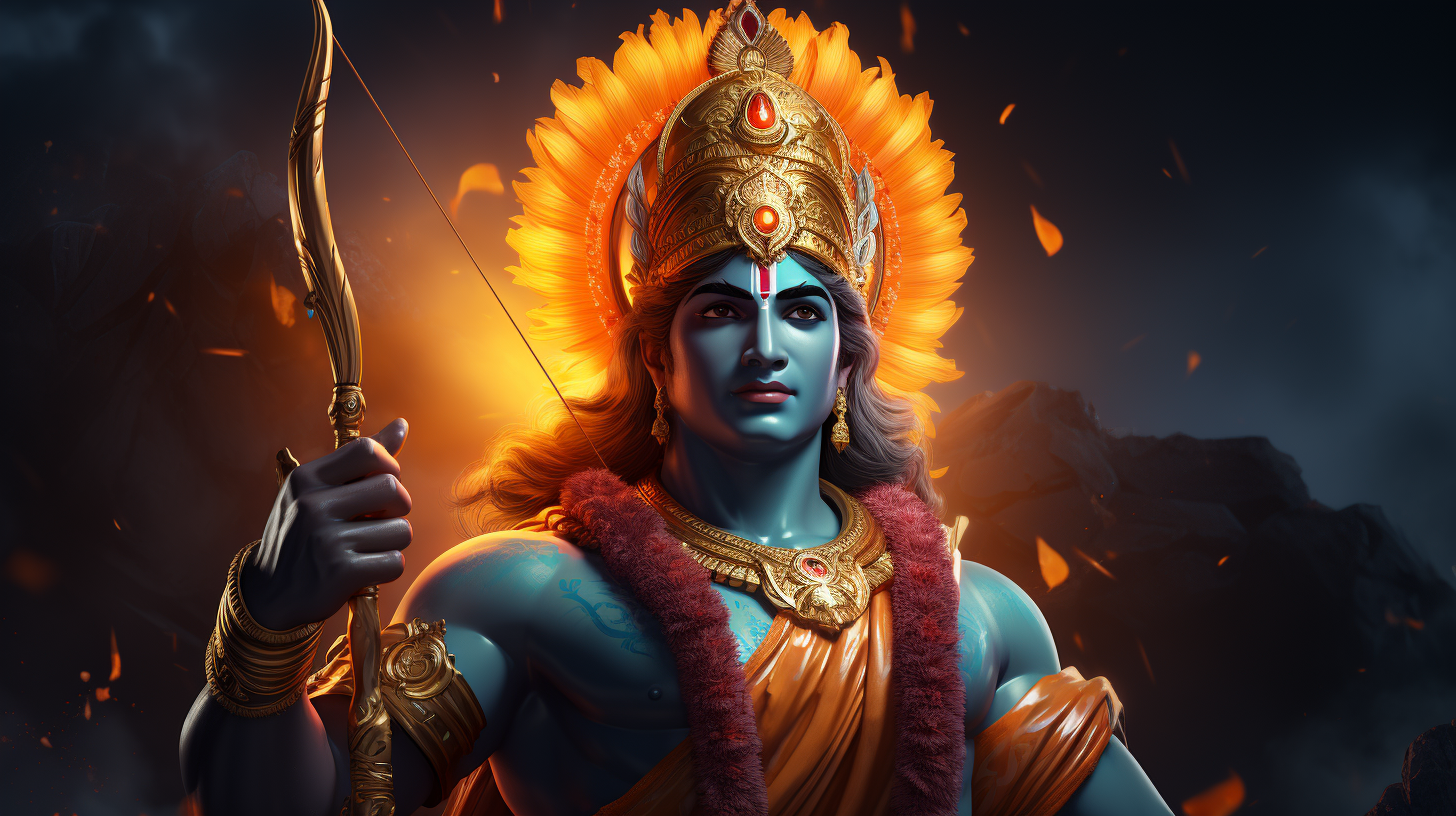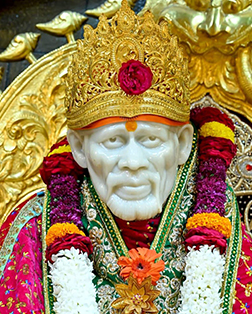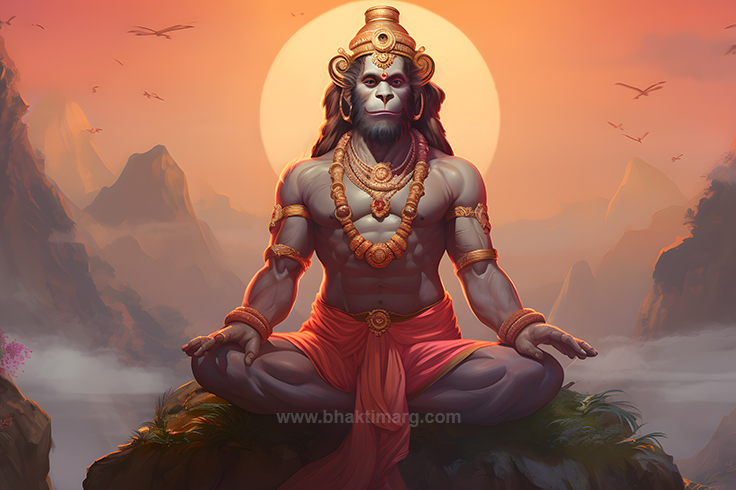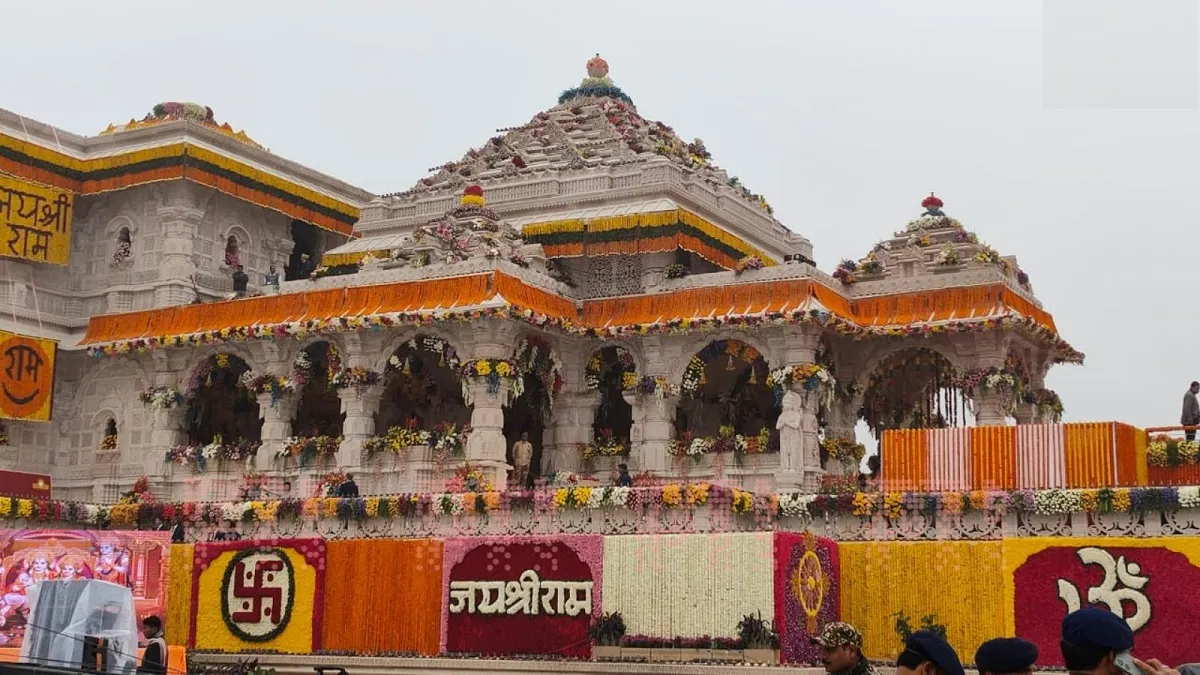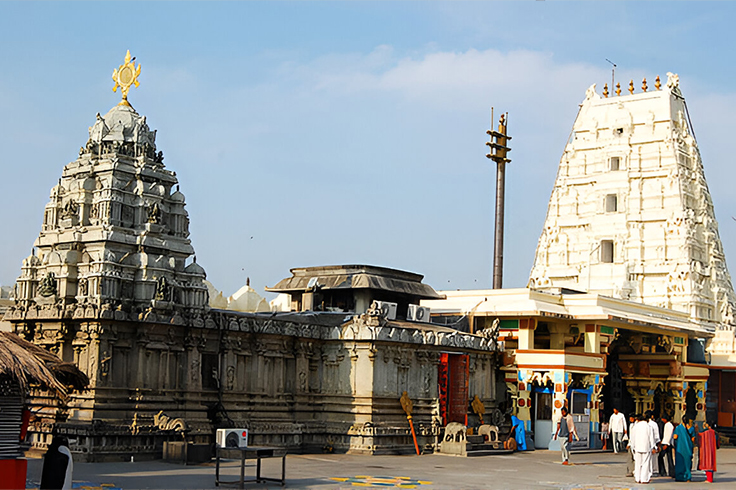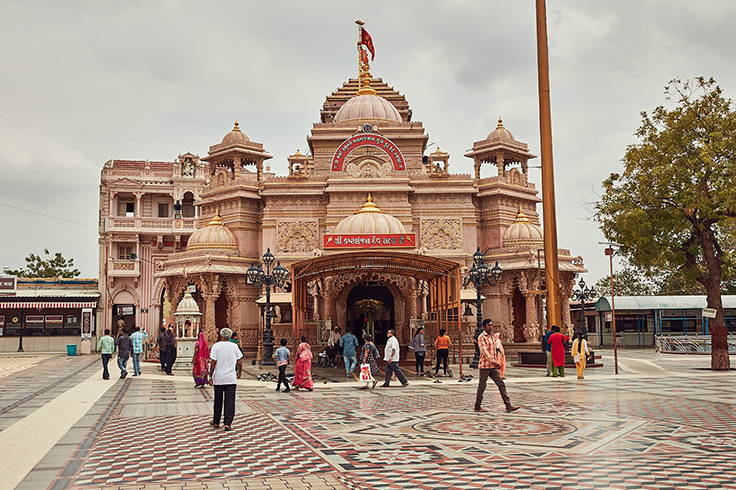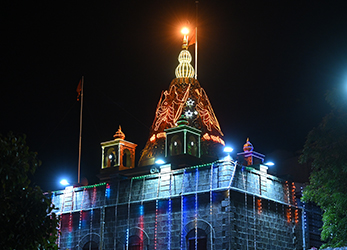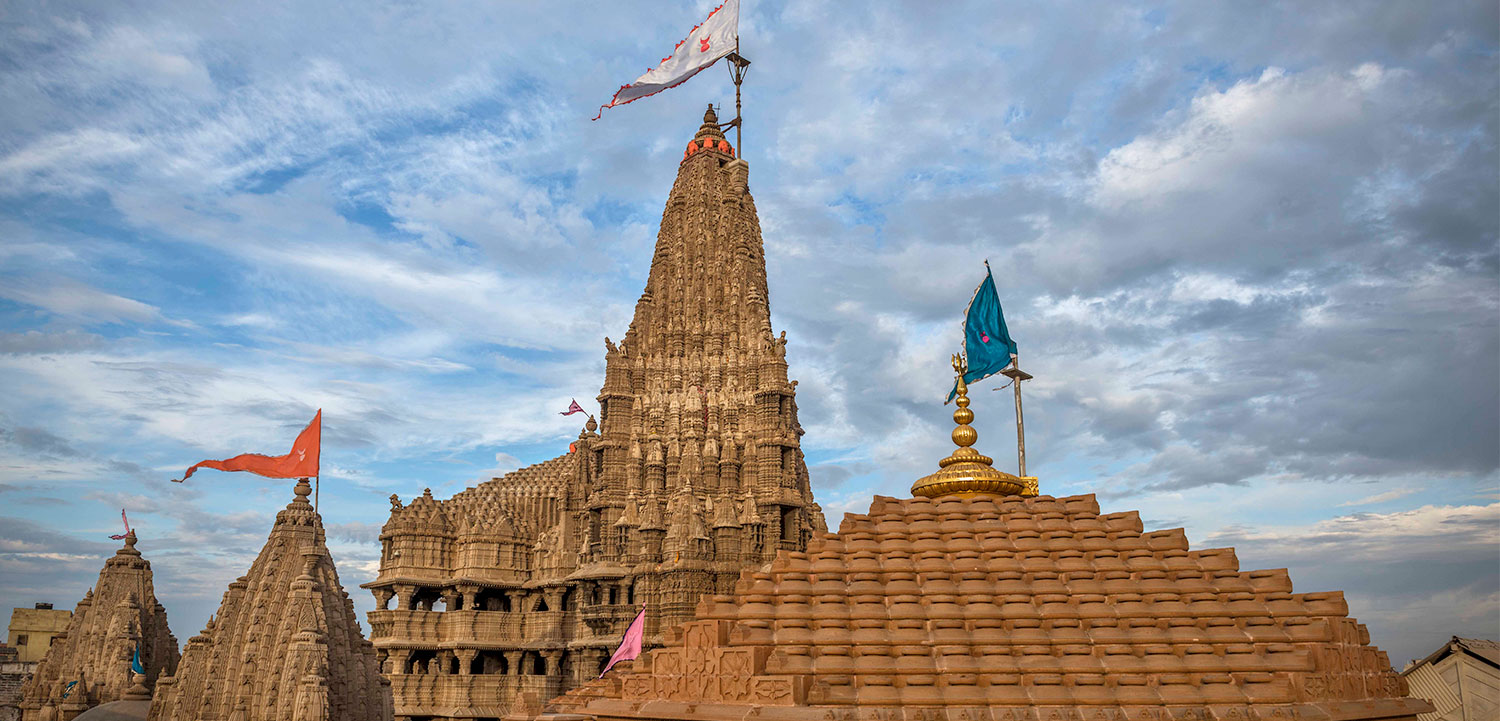
How Durga Puja is Celebrated in Different States of India?
Hinduism is the philosophy of how to live a righteous life and attain success the same way it can be called as a religion of festivals. As there are numerous festivals celebrated and each has a deep significance and meaning to it. The Durga puja festival is one such vibrant and widely celebrated festival in India. It commemorates the triumph of the Goddess Durga over the buffalo demon Mahishasura signifying the victory of righteousness and good over evil and bad.
This festival is universally significant to celebrate the divine feminine the Shakti form of Goddess Parvati. The story of Durga and mahishasura shows her form that is fierce and serene at the same time signifying that within chaos one can be determined and courageous. Navaratri is celebrated for 9 days signifying the intense battle between Maa Durga and Mahishasura. The celebration of Durga puja commences on the first day with the arrival of the goddess yet the actual veneration is conducted from the 6th day until the 8th day calling it Durga Astami celebrating the Ashta Durga Swaroop. Following this, the Durga puja 2024 date would be from 9th October to 12th October.
Even though the Navaratri or Navami celebration is common the way it is celebrated varies across states, reflecting the rich cultural diversity of India. Each region brings its unique traditions, rituals, and artistic expression to the celebration, making Durga Puja a multifaceted festival. In this blog let’s explore how the celebration of Durga Puja differs in different states of India.
Durga Puja Festival in Diffrent States:
Dugra Puja in Maharashtra:
This is the western region of India where the goddess is famously known as Mahishasurmardini, a fierce, tranquil, and glorious avatar of Goddes Parvati who is praised as Kuldevi in most regions of Maharashtra with different names and forms. Durga Puja festival in Maharashtra is closely associated with the Navratri festival, during which people worship Goddess Durga’s nine forms. In urban cities like Mumbai where people of varied religions recite the celebrations are a blend of North Indian Durga Puja traditions with the state’s Navratri customs.
Traditionally in Maharashtrian home a form of goddess is established in Kalash and keeping a coconut on it, they also create a wooden basket to sow seeds. For nine days both these objects are representations of the Goddess who is praised for nine days thanking her for fighting evil, and the seed basket created symbolizes the nurturing nature of the mother goddess as it grows so does the power and spirituality of the individual praising the goddess helping them connect with her. On Astami people conduct Durga Namaskara Puja along with Kanya Pujan praising the goddess herself in her most innocent and pure form. During Vijayadashami people perform Ayudh Puja where tools, vehicles, and weapons are worshipped to invoke the blessings of the goddess for protection and success. Locally the practice of Dandiya and Garba nights are famous they are filled with energetic beats where people dance in circles in colorful attire to celebrate the goddess.
In Mumbai and Pune cities, large-scale Durga Puja pandals are famous, where large Devi idols are established and people gather for maa Durga ji aarti, bhog, and cultural performances. Maharashtra’s Durga Puja festival combines the spirituality of the goddess’s worship with the cultural vibrancy of community gatherings and dance.
Dugra Puja in Karnataka:
The festival is celebrated as part of Dasara, particularly in Mysore, which is famous for its royal celebration of the festival. This royal celebration features a grand procession of caparisoned elephants, a display of the royal sword, and the worship of Goddess Chamundeshwari at Chamundi Hill. On the ninth day, they perform Ayudh Puja where tools, vehicles, and weapons are worshipped to invoke the blessings of the goddess for protection and success. In some regions, Golu dolls, which represent different themes of mythology and social life, are displayed in homes during Navratri.
Dugra Puja in West Bengal:

It is known as the heart of Durga Puja particularly famous is the Durga festival in Kolkata where the goddess is also praised in her fiercest form as Maa Kali. The state is home to some of the most elaborate and spectacular celebrations in the country. The preparation starts months in advance, with artists working meticulously on stunning idols of Goddess Durga and intricately designed pandals. Thousands of pandals are set up across the state, each with a unique theme, ranging from traditional to contemporary, sometimes drawing inspiration from global cultures or current events. This ritual involves worshipping a young girl symbolizing the goddess in her purest form.
On the final day of the Durga Puja festival, Vijayadashami, the tradition of Sindoor Khela is famously celebrated where women playfully apply vermilion powder to each other, bidding farewell to the goddess. With the rhythmic beats of the dhak and the performance of dhunuchi naach (dance with incense burners) devotees add energy to the celebrations. The Durga festival in Kolkata has even been recognized by UNESCO as an Intangible Cultural Heritage of Humanity, underscoring its cultural and social significance.
Dugra Puja in Assam:
The celebration of Durga Puja includes both traditional and modern flair with grand pandals, but the rituals and customs have a distinctive Assamese touch. A traditional ritual dance is performed in front of the idol to honor the goddess. It is believed that the dancers are possessed by divine powers during the performance. Devotees gather for community meals, or bhogs, prepared as offerings to the goddess. Assam’s rich tradition of bamboo and cane craft is reflected in the construction of eco-friendly and artistically designed pandals. In cities like Guwahati and Silchar, Durga namaskara Puja is a huge cultural affair, while smaller towns and villages still maintain more ritualistic forms of worship.
Dugra Puja in Gujarat:
The state is best known for the vibrant Navaratri celebration and the Durga namaskara pooja plays a significant role as it is dedicated to the goddess. In cities like Ahmedabad, Vadodara, and Surat, Durga Puja is celebrated with elaborately decorated pandals with beautifully crafted idols of Goddess Durga for worship. The celebration begins with Mahalaya, which marks the arrival of the goddess and continues for several days, culminating in Vijayadashami. The nine-day festival honors Goddess Durga, and is famous for Garba and Dandiya Raas, traditional dances performed in beautifully decorated venues. People dress in colorful attire and dance through the night to devotional songs and folk music. The atmosphere is filled with joy, devotion, and a sense of community, making Gujarat’s Navratri one of the grandest celebrations in India.
Dugra Puja in Bihar and Jharkhand:
In these states, the festival is celebrated with simplicity and devotion, while the pandals and celebrations may not be as extravagant the spirit of devotion is equally strong. On the eighth or ninth day, Kanya Pujan is conducted small girls are invited to homes and pandals, representing the goddess. Their feet are washed, and they are given food and gifts. In some parts, Durga Namaskara Puja is observed in conjunction with Ram Navami, as it is believed that Lord Rama invoked Goddess Durga before battling Ravana. The immersion of Durga idols on Vijayadashami is marked by large processions, music, and dancing, with people bidding farewell to the goddess with tearful eyes. In these states, the religious aspects often outweigh the cultural extravaganza seen in other regions, though the joy and fervor remain.
Dugra Puja in Odisha:

Shakti Worship is an intricate part of Odisha, and the Durga Puja festival is deeply rooted in Shakti worship, all the ancient temples across the state become the focal point of this celebration. They also have a rich tradition of setting up pandals, especially in cities like Cuttack and Bhubaneswar. Cuttack’s Durga namasakara Puja is famous for the use of intricate silver filigree work, locally known as chandi medha to decorate the pandals and the idols of the goddess. The ritual of Sandhi Puja worship at the juncture of Ashtami and Navami is a significant part of the celebrations and is related to the story of Durga and Mahishasura. On Vijayadashami, after Durga’s immersion, effigies of Ravana are also burnt, symbolizing the victory of good over evil.
Dugra Puja in Delhi and Uttar Pradesh:
In northern states like Delhi and Uttar Pradesh, the Durga Puja festival is a significant celebration conducted mainly by Bengali communities. The scale of the celebration has grown over the years, and it now includes a rich blend of cultural and spiritual events such as Ramlila performances, depicting the life of Lord Rama, which often run parallel to Durga Puja celebrations. The triumph of Lord Rama over Ravana resonates with Durga’s victory over Mahishasura. Large-scale pandals are set up, especially in cities like Delhi, Kanpur, and Lucknow, along with the immersion of idols on Vijayadashami is a grand affair with long processions, dancing, and music
To conclude the Navratri festival is a vibrant celebration throughout the country each state adds its unique flavor to the celebration, making a festival that unites the country in devotion, joy, and artistic expression. This diverse range of celebrations across India adds to the richness and vibrancy of the Durga Puja festival, showcasing the country’s cultural unity in diversity.
How would you like to explore more about these celebrations focusing on rituals or perhaps the significance behind specific traditions, stay tuned with us to know more about vibrant and lively Indian festivals.
Read more blogs:
- Navratri Fasting: 7 Health Benefits You Didn’t Know About
- Dussehra Festival Story: Lord Rama’s Victory Over Ravana
- The Ultimate Guide to Navratri Celebrations: Traditions and Rituals
- The Significance of Rangoli in Diwali Celebrations




